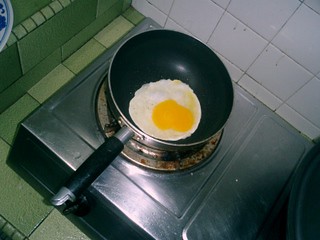Proteins perform most functions in cells
The Functions of Proteins
Protein: A polymer constructed from a set of just 20 kinds of monomers called amino acids
Responsible for day to day functions of organisms
Eg. Make up muscles, defend body from harmful microorganisms, act as signals, control chemical reactions in cells
Amino Acids
Amino acid: A monomer consisting of a central carbon atom bonded to four partners
3 of the bonded partners are always the same: a hydrogen atom, carboxyl group, and amino group
Difference is the "side group" - responsible for chemical properties of each acid
Building a Protein 
Polypeptide: Amino acids linked together to create proteins
Formed by dehydration reaction between amino group and carboxyl group
Variety of proteins because of different amino acids in different orders
Polypeptides at least 100 amino acids in lenghth
Protein Shape
Polypeptides precisely twisted, folded, coiled into unique shape
Sequence of amino acids is important 
Influenced by environment (usually aqueous)
Hydrophilic amino acids - towards outside edges of protein
Hydrophobic amino acids - towards center of protein
Denaturation: When a change in the environment causes a protein to unravel
Denatured protein loses ability to work properly
1) Give at least two examples of proteins you can "see" in the world around you. What are their functions?
Two proteins you can see in the world around you are ones that form structures such as hair or fur, and make up the muscles of an organism.
2) Relate amino acids, polypeptides, and proteins
Proteins are polymers constructed from amino acids, which are monomers with a central carbon atom, that are linked together into a chain called a polypeptides. Most polypeptide chains are around 100 amino acids in length.
3) Explain how heat can destroy a protein.
Heat causes a process called denaturation in a protein which is when the protein unravels, preventing it from functioning properly. The forces that keep the protein in its folded shape are weak bonds between the side groups or a side group and water. Hot molecules collide with enough to force to overcome these weak attractions.
4) Which parts of an amino acid's structure are the same in all amino acids? Which part is unique?
All amino acids share the same three partners bonded to the central carbon atom: a hydrogen atom, a carboxyl group, and an amino group. The part that differentiates them is the side group which is the fourth partner. The side group determines each proteins properties.

No comments:
Post a Comment